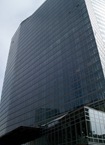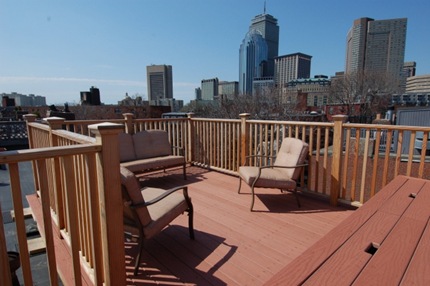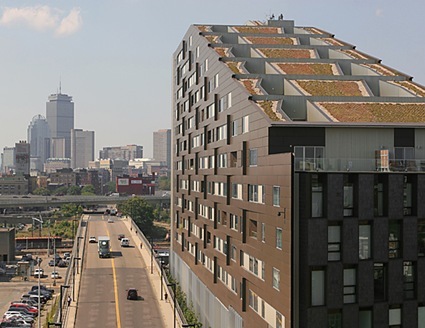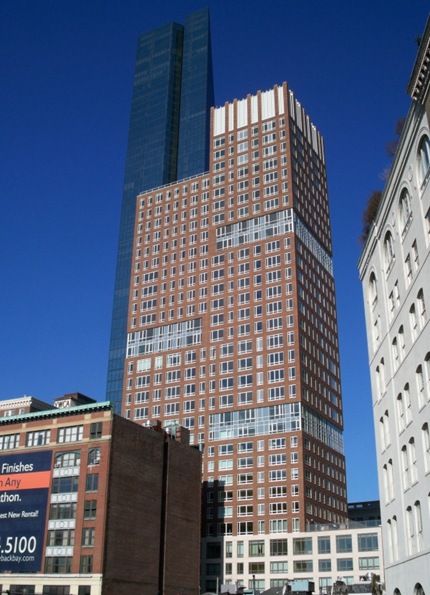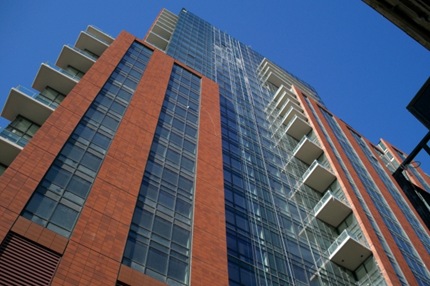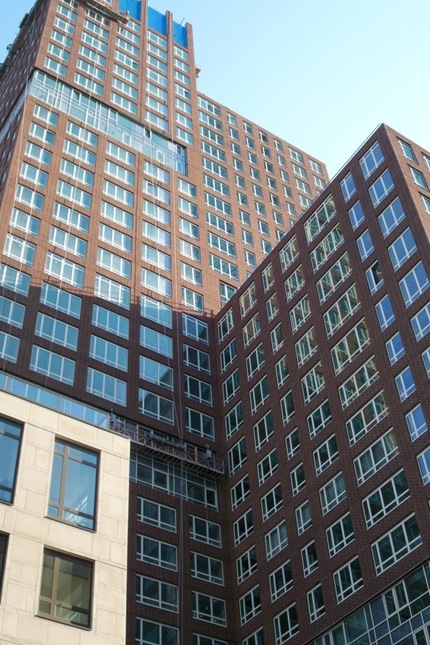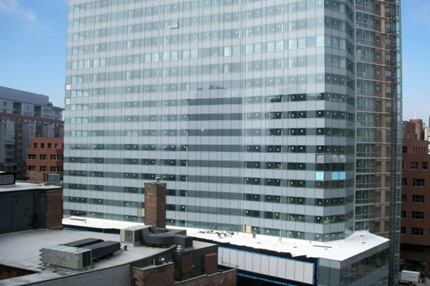Following up on What you Need to Know Before Hiring a Long Distance Moving Company, an article we published in the latter half of 2010, USA Today recently ran an article that pulled together some quick tips on how to avoid Boston moving scams.
- Don’t book a moving company solely online. Meet your movers before moving day.
- Look at a variety of companies and make comparisons among at least three written in home estimates.
- Get references from other customers.
- Check for a ProMover logo, which indicates that the company has passed an annual check for felony convictions, improper advertising and good Better Business Bureau ratings.
- Check Protectyourmove.gov to see a company’s complaint history, its safety record and how it compares to companies nationally.
Perhaps the most important is tip number 1. When planning a move, expenses tend to mount, and it’s tempting to go with a quote that you got entirely online – it seems simple and hassle free, yet it will probably be anything but that. If you’re doing a significant move, you owe it to yourself to have several moving companies come out and actually visit you in your home, do a proper inventory, and verify the surroundings – for instance, if you live on a 4th floor walk up, can all of your furniture fit down the staircase, do you need to coordinate with a Boston crane company, or are you going to incur extra charges because of the number of flights of stairs? More than likely, an online company is going to miss some or all of these things, among others.

